Mastering the Basics of UX Design
38.5% of web designers believe that outdated design is the top reason why visitors leave a website - (GoodFirms, 2021)
As expert web designers,
Infoserve knows our way around a website, from the fundamentals of user flow to the complexities of UX design, but can you master the basics? Take a look at our top tips on UX Design to discover exactly how it is used to guide user behaviour.
What is UX design?
UX (user experience) design is the process of creating a website that is functional, easy and enjoyable to use. It is the principle of generating something that is effortless to consume, whilst providing a memorable experience.
User design is based on the principles of:
- Simplicity
- Consistency
- Clarity
- Accessibility
- Hierarchy
How UX design is shaping the future
The significance of UX design goes beyond simply creating visually appealing websites. It is a fundamental component of online engagement, combining user psychology with online marketing tactics to drive the way we experience the online world.
UX designers are at the forefront of creating innovative and user-centric websites that will rethink the way we prioritise certain areas of digital marketing.
What is user flow?
User flow refers to the movement in which the user will navigate a website; to determine user flow, you need to consider what the user is trying to accomplish, what they need to do and what barriers are in the way.
Key Components of User Flow:
- Entry Points: Where users first interact with the website.
- Actions: The specific steps users take to accomplish a task.
- Decision Points: Moments where users make choices or decisions.
- Exits: The points where users leave your website.
Top tip: Create a flow diagram to visualise which steps & pages the user will follow to meet their end goal.

UX design tips
1. Know Your Users
Understand your target audience, their preferences, and pain points. Conduct user research to gather insights that inform your design decisions.
2. Embrace Consistency
Maintain a consistent design language, including colours, fonts, and UI elements, to create a cohesive and recognizable brand identity.
Draw attention through your visual aesthetic by:
- Choosing colours reflect your logo, mission, and company type
- Including rich media only when it is relevant, or draws on your user’s emotions
- Using an engaging ‘hero image’ on your home screen
- Including clear, simple and effective USPs
- Continuing these elements across every page on your website
3. Create Intuitive Navigation
Design a clear and consistent navigation system that guides users seamlessly through the website.
It shouldn’t take more than the necessary steps for a user to reach your desired goal for a web page.
If your customer’s goal is to get a quote, it should be made as simple as possible for them to get there. Or if their goal is choosing a product/booking a property, there should be a straightforward flow for them to follow from the moment they land on your website.
4. Mobile Responsiveness
With the increasing use of mobile devices, ensure your designs are responsive and provide a consistent experience across various screen sizes.
Google is now a
mobile-first index, with over 55% of internet usage coming from mobile phones and tablets.
Mobile first design is a MUST. There are no two ways about it.
5. Prioritise Accessibility
Make your designs inclusive by considering users with different abilities. Follow accessibility standards to ensure a broader reach and usability.
Websites must be:
Perceivable:
Users must be able to perceive or understand the content on your website
Understandable: All content should be easily understood by all users, including those who don’t speak English as a first language
Operable: Users must be able to use the website without disruption
Robust: Content should be easily digested by all users, including those who use assistive technology.
6. Generate a Visual Hierarchy
Visual hierarchy is the practice of arranging a website to ensure users naturally gravitate towards the most important elements first and lead them to complete your desired action in a way that feels natural, not forced.
This can be created using:
1. Colour and contrast
Applying colour contrast to a design causes certain elements to advance and others to recede. This determines which elements catch our attention first and signifies their importance in the hierarchy of information. This can also be applied to typefaces that are strong in contrast or emboldened.
2. Scale
Bigger elements stand out more. Make the most important elements the biggest to draw the eye of your user.
3. Grouping
Groupings help us to see the structure of a page and direct attention to specific groups of elements. This is usually conveyed through the use of proximity and white space. Let elements breathe and don’t crowd or clutter them.
7. Iterate and Test
Regularly iterate on your designs based on user feedback. Conduct usability testing to identify areas for improvement and refine the user experience.
Common UX design mistakes
Whilst the principles of UX design appear fairly simple, there are a few key mistakes that prevent your website from becoming the most user-friendly version it can be:
1. Using large, intrusive headings: Headings should be responsive, adaptable and fit seamlessly with your design.
2. Using thin or small fonts: Small fonts can disappear into white space when adapted to mobile screens. It may look delicate and clean on a laptop, but a dainty font can make your text difficult to read.
3. Avoiding contrast: Text should contrast strongly with the background it sits on to improve readability and accessibility.
4. Using automatic scroll functions: When you use sliding banners, ensure the user has control over the speed and timing of the scroll with clear buttons.
5. Ignoring user feedback: Your users use your website. Thinking you know better than them could just be the difference between success and losing your audience.
6. Prioritising aesthetics over functionality: Your website should strike the perfect balance of both, but functionality is essential.
7. Using too many pop-ups: Pop-ups should be used only when necessary, and with user benefit in mind. If you turn your website into a pop-up city, your customers will look elsewhere.
8. Overlooking white space: White space is integral to visual hierarchy and reducing clutter. It is just as important as any other element on your website.
Not sure where to start?
Here at Infoserve, our web design experts are on hand to help you create and build a UX first website, and our PPC and SEO team help your website get found.
For an in-depth guide on the basics of Web Design, download our FREE
Web Design White Paper where we cover the fundamentals of website design, marketing and copy.













